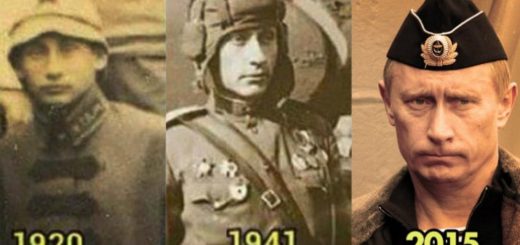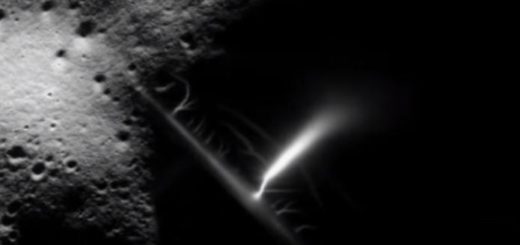Understanding astronaut muscle wasting at the molecular level

Researchers from the University of Tsukuba have sent mice into space to explore effects of spaceflight and reduced gravity on muscle atrophy, or wasting, at the molecular level.
Gravity is a constant force on Earth, which all living creatures have evolved to rely on and adapt to. Space exploration has brought about many scientific and technological advances, yet manned spaceflights come at a cost to astronauts, including reduced skeletal muscle mass and strength.
Conventional studies investigating the effects of reduced gravity on muscle mass and function have used a ground control group that is not directly comparable to the space experimental group. Researchers from the University of Tsukuba set out to explore the effects of gravity in mice subjected to the same housing conditions, including those experienced during launch and landing. “In humans, spaceflight causes muscle atrophy and can lead to serious medical problems after return to Earth,” says senior author Professor Satoru Takahashi. “This study was designed based on the critical need to understand the molecular mechanisms through which muscle atrophy occurs in conditions of microgravity and artificial gravity.”
Two groups of mice (six per group) were housed aboard the International Space Station for 35 days. One group was subjected to artificial gravity (1 g) and the other to microgravity. All mice were alive upon return to Earth and the team compared the effects of the different onboard environments on skeletal muscles.
“To understand what was happening inside the muscles and cells at the molecular level, we examined the muscle fibers. Our results show that artificial gravity prevents the changes observed in mice subjected to microgravity, including muscle atrophy and changes in gene expression,” explained Prof. Takahashi. Transcriptional analysis of gene expression revealed that artificial gravity prevented altered expression of atrophy related genes and identified novel candidate genes associated with atrophy. Specifically, a gene called Cacng1 was identified as possibly having a functional role in myotube atrophy.
This work supports the use of spaceflight datasets using 1 g artificial gravity for examining the effects of spaceflight in muscles. These studies will likely aid our understanding of the mechanisms of muscle atrophy and may ultimately influence the treatment of related diseases.



 Creators of mankind
Creators of mankind Description of “Tall white aliens”
Description of “Tall white aliens” Where they came from?
Where they came from? About hostile civilizations
About hostile civilizations The war for the Earth
The war for the Earth “Tall white aliens” about eternal life
“Tall white aliens” about eternal life Video: “Nordic aliens”
Video: “Nordic aliens” Aliens
Aliens Alien encounters
Alien encounters The aliens base
The aliens base UFO
UFO Technology UFO
Technology UFO Underground civilization
Underground civilization Ancient alien artifacts
Ancient alien artifacts Military and UFO
Military and UFO Mysteries and hypotheses
Mysteries and hypotheses Scientific facts
Scientific facts


















